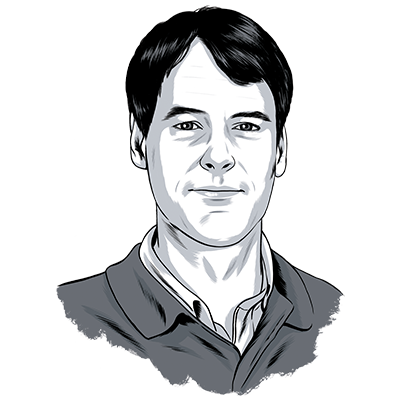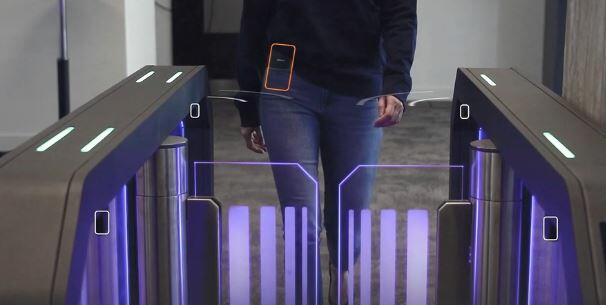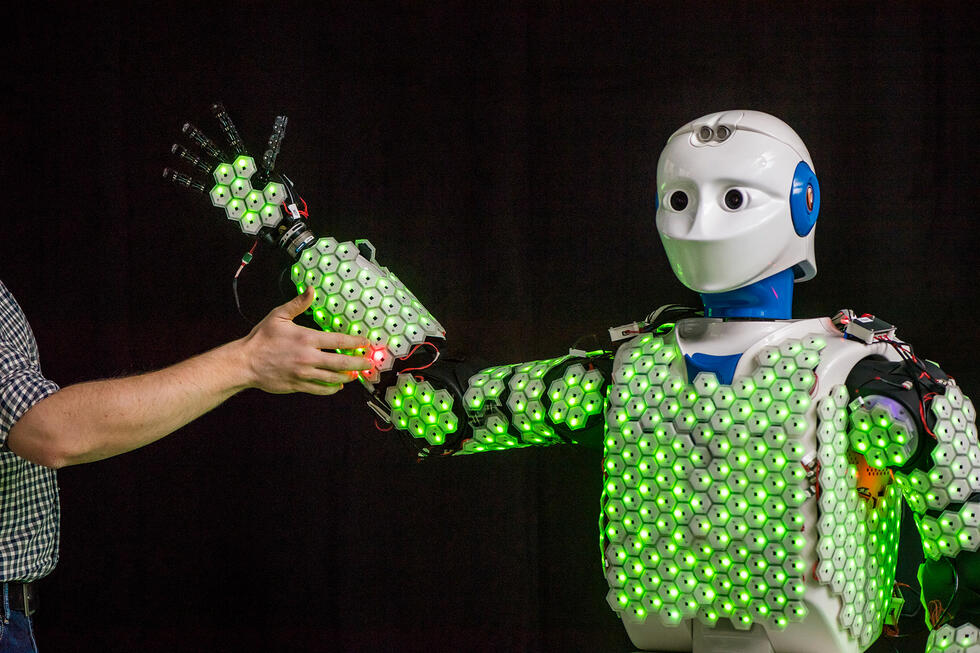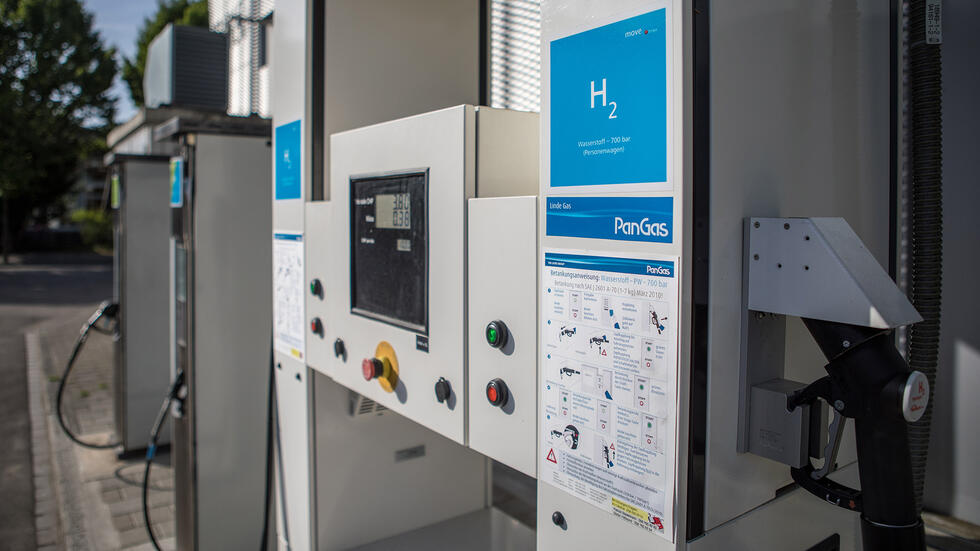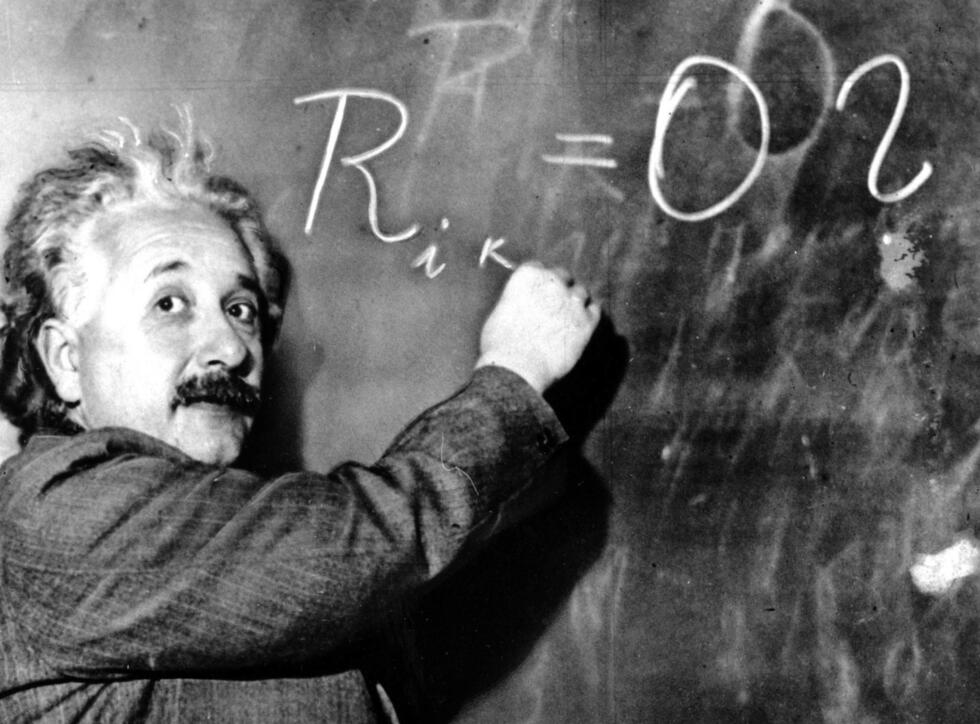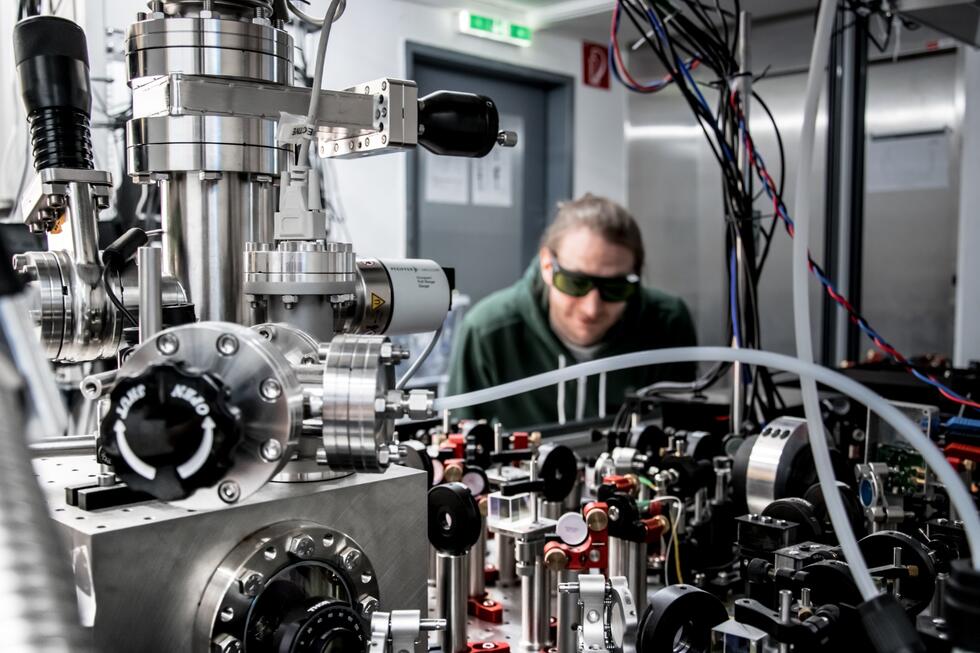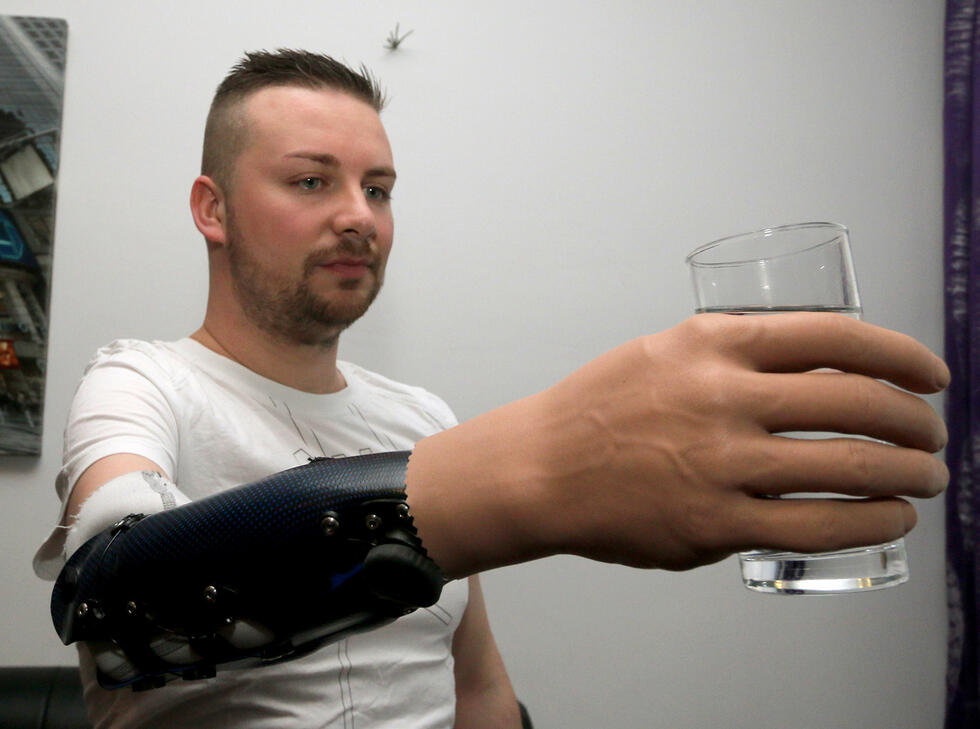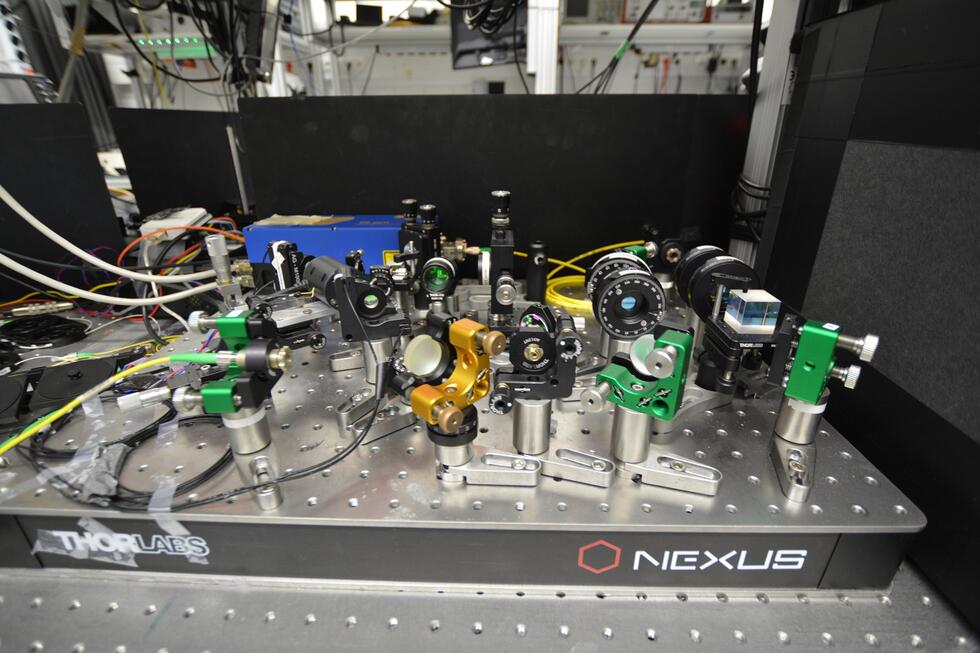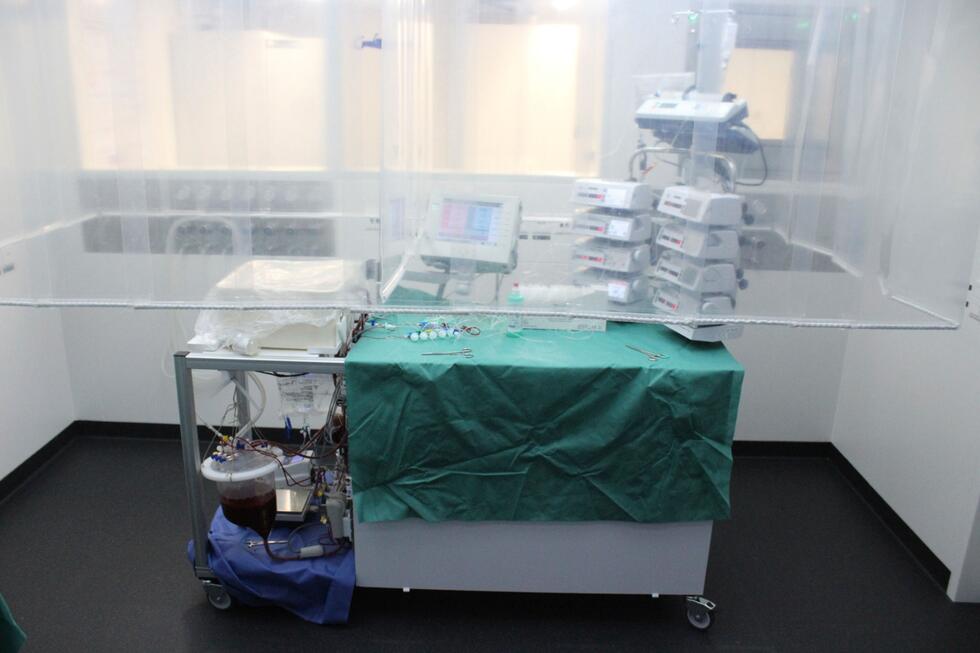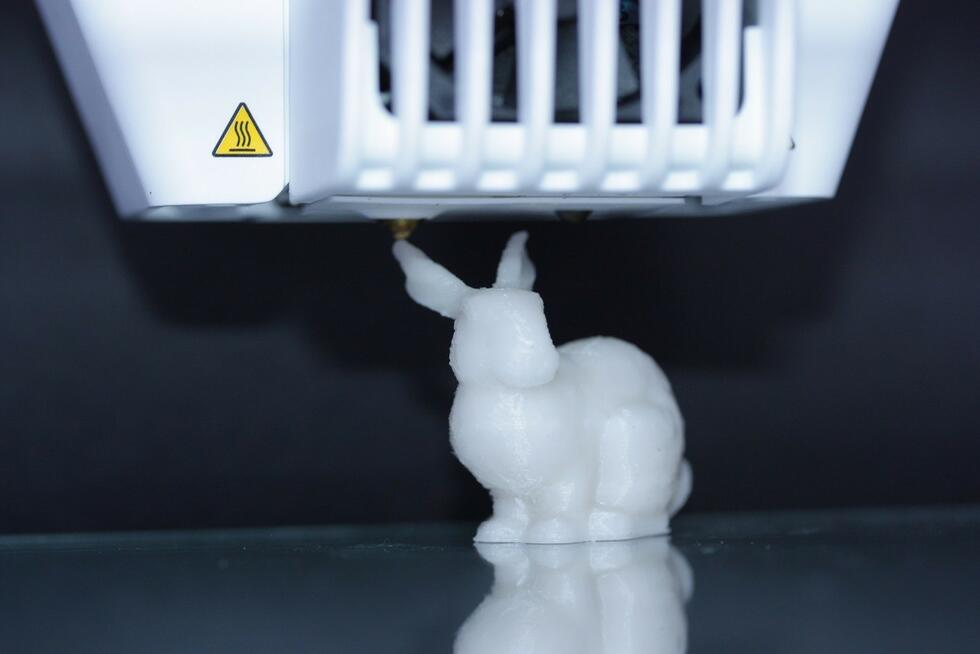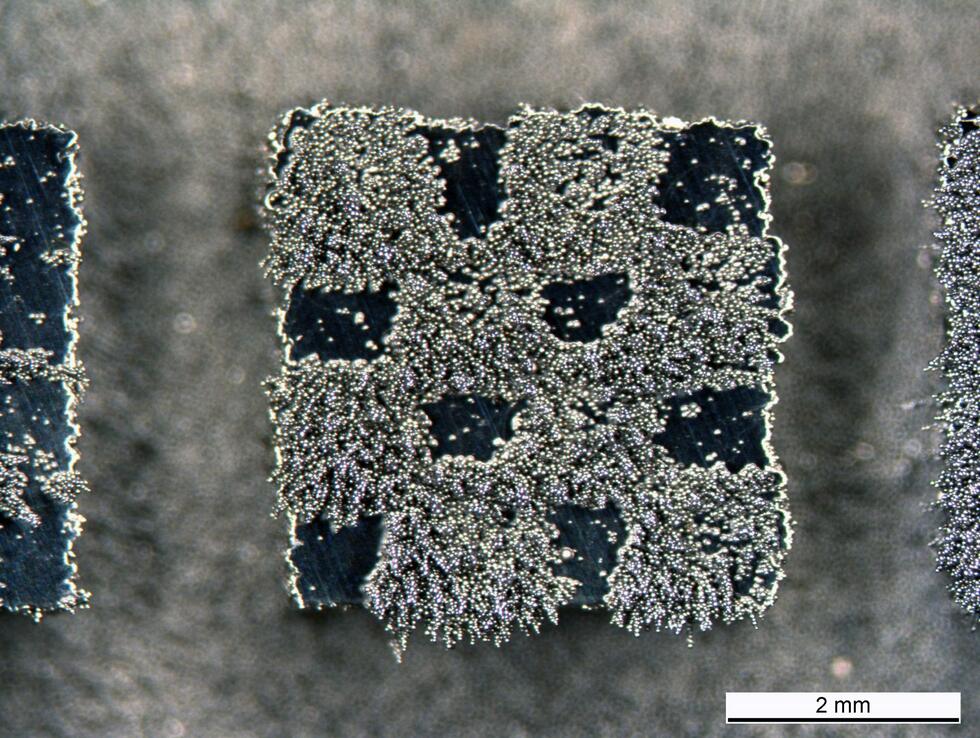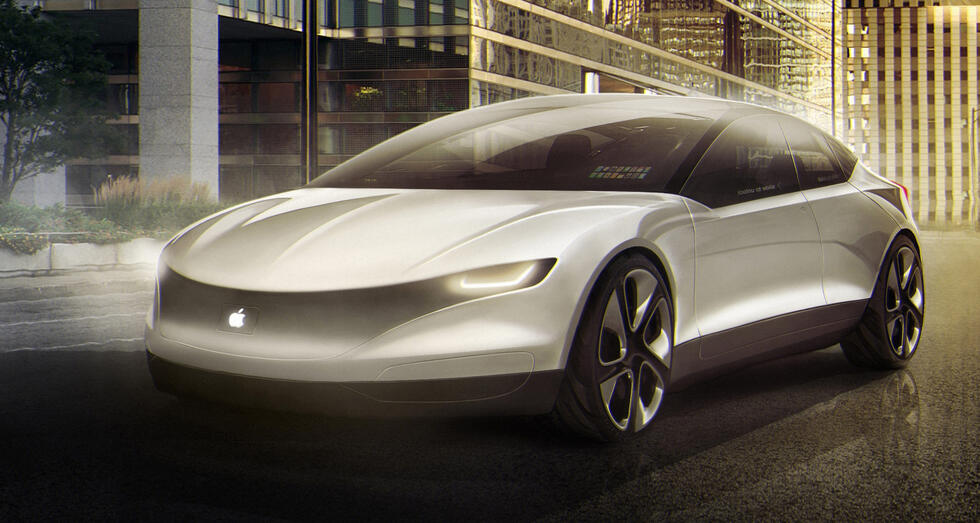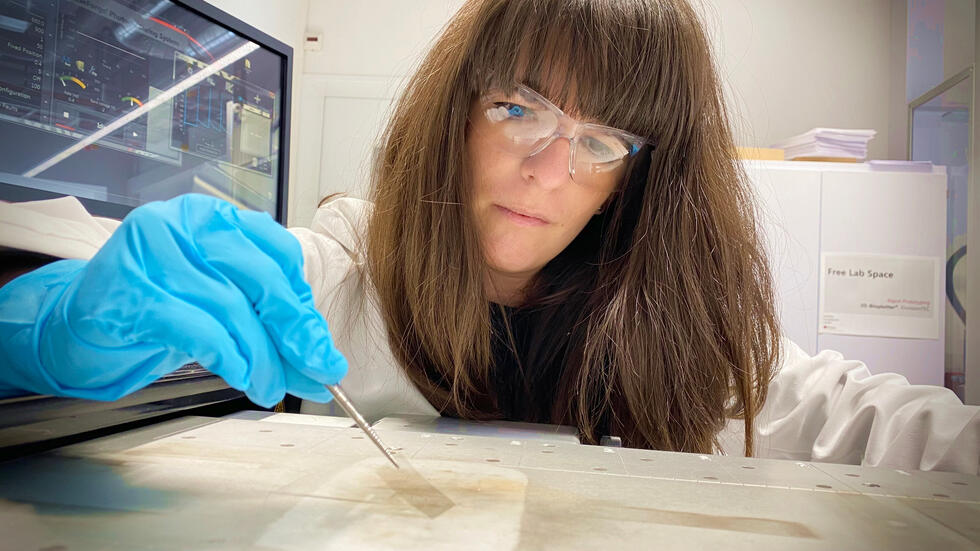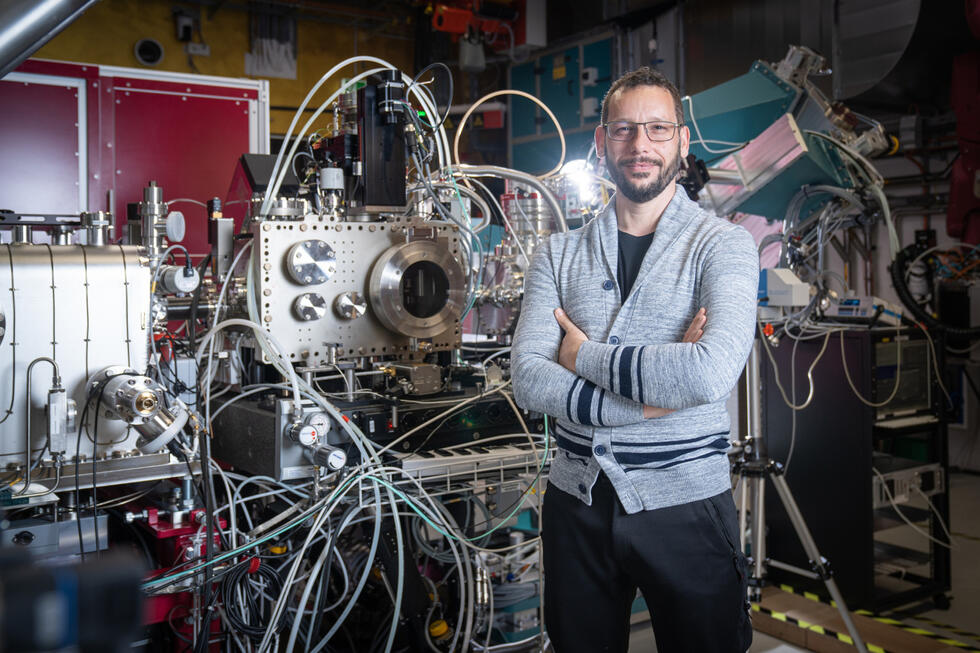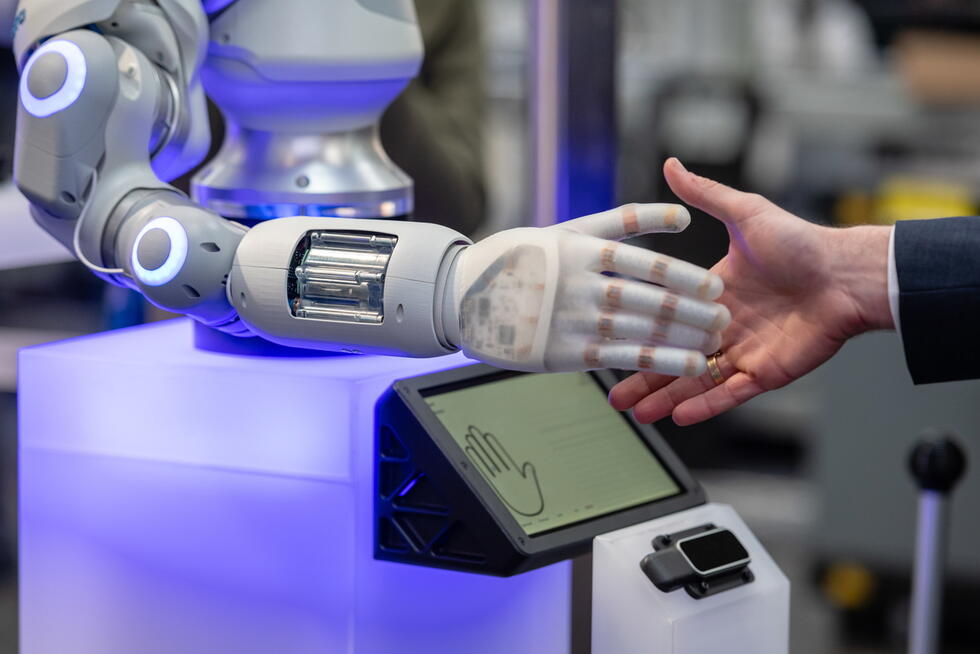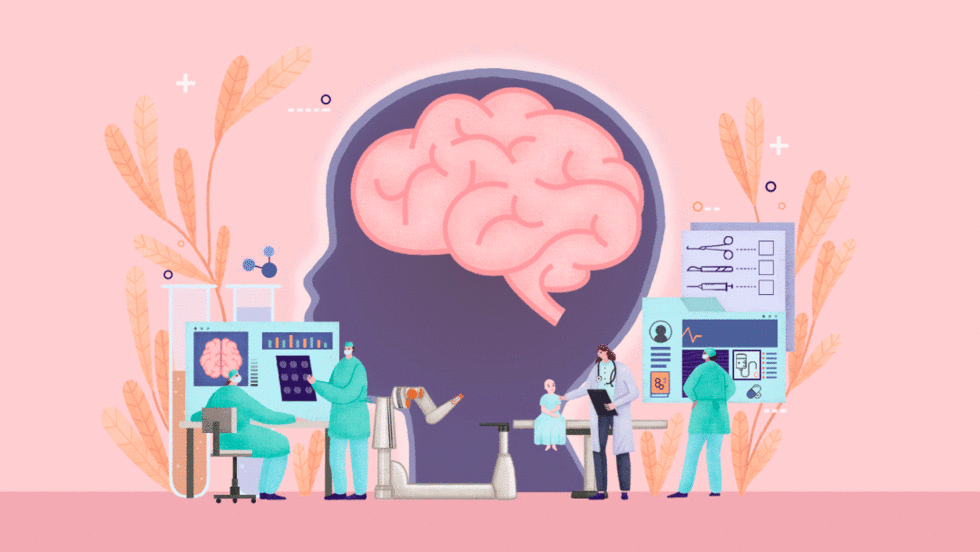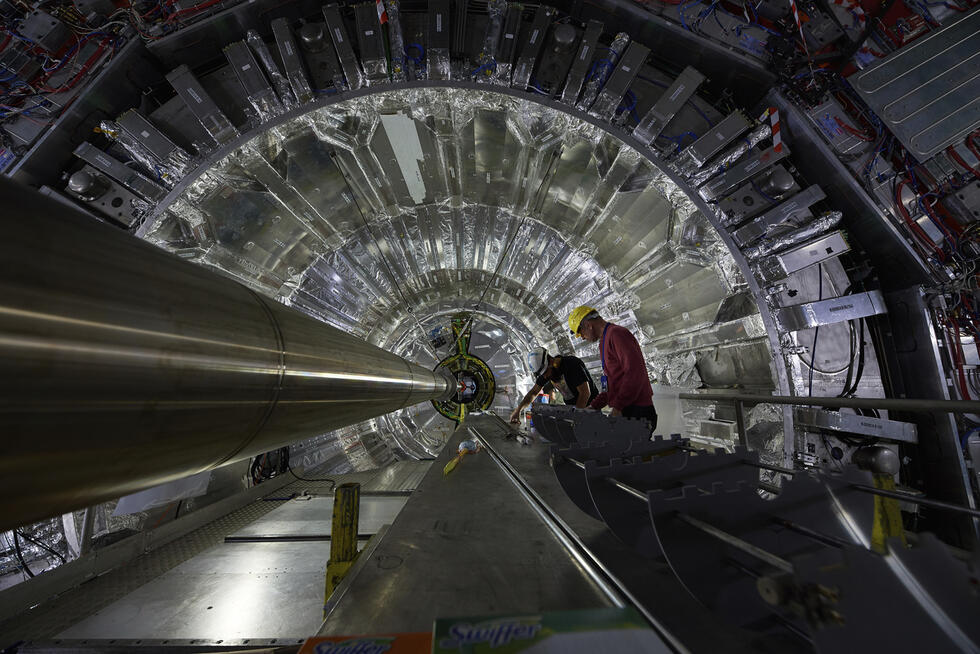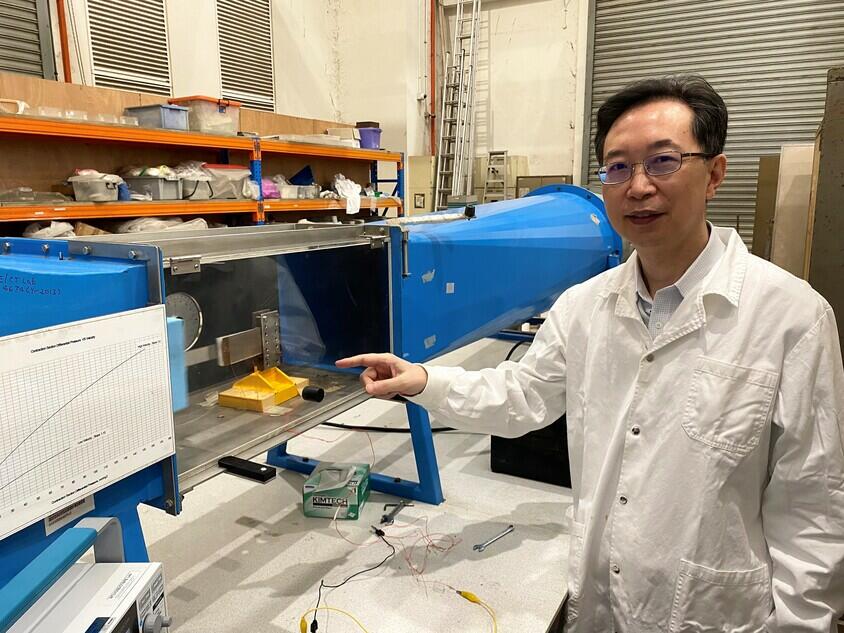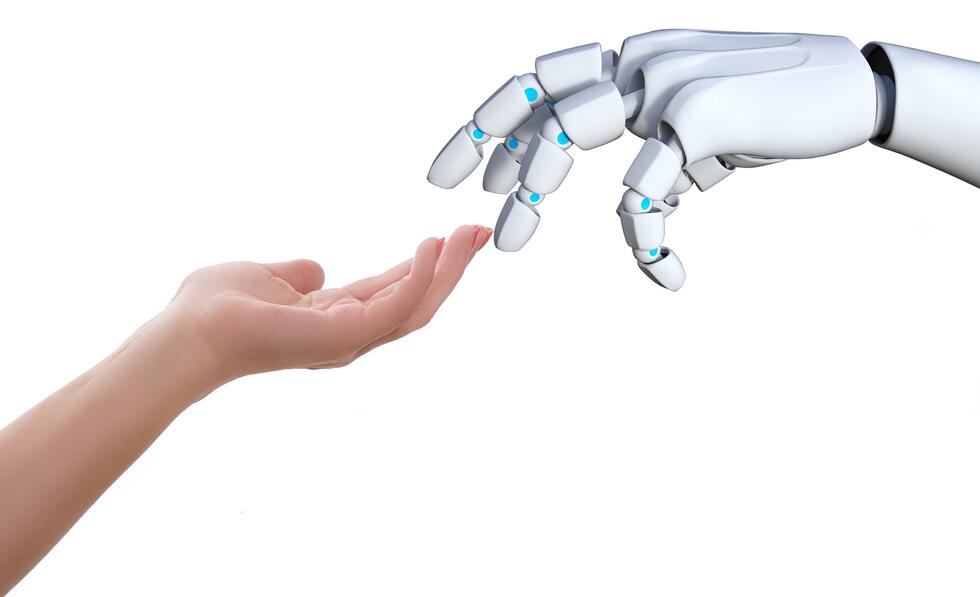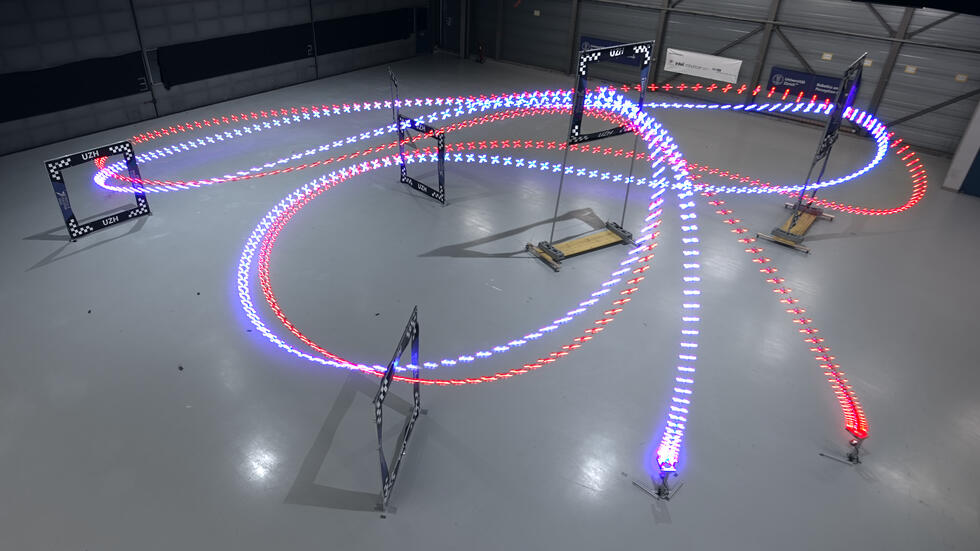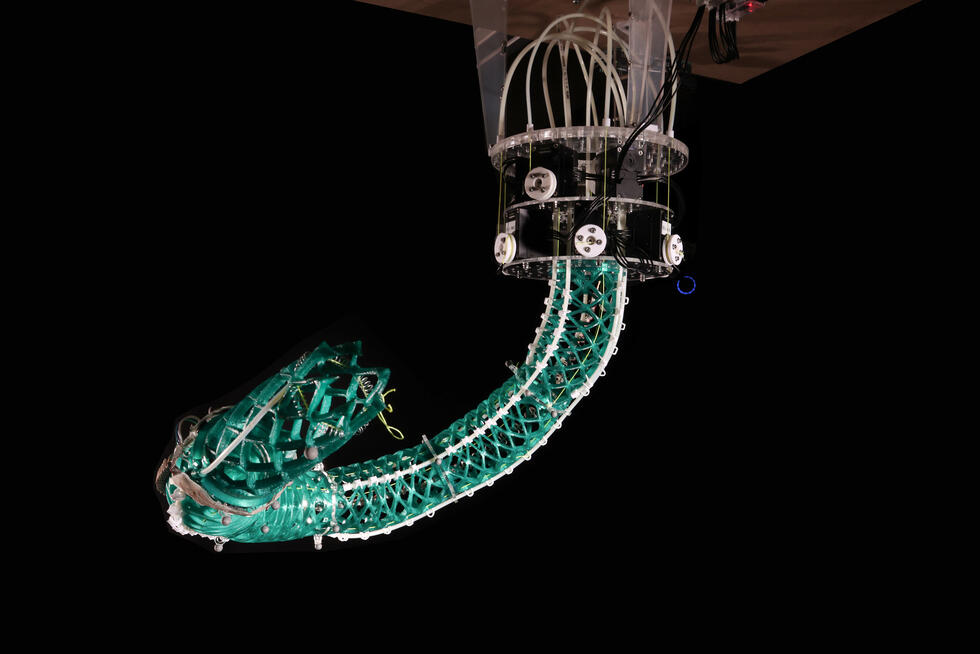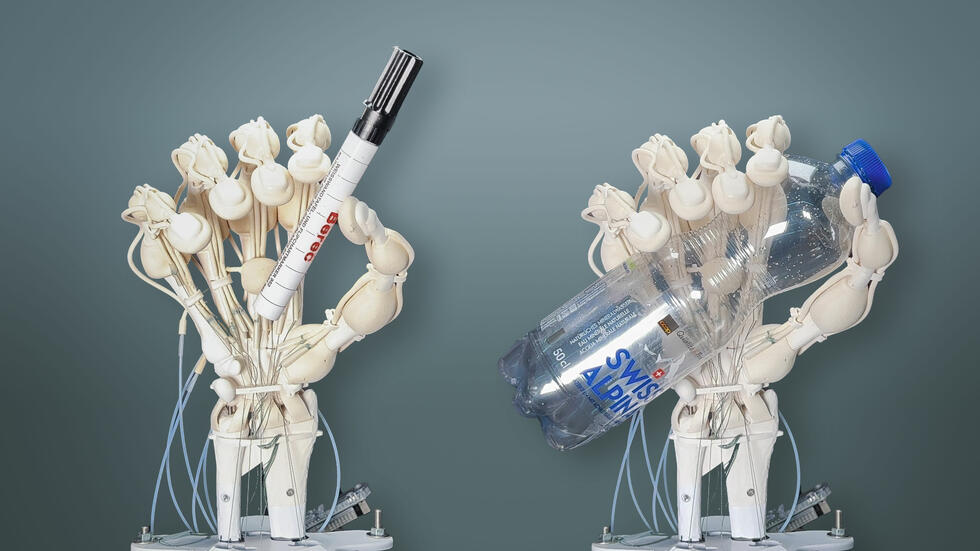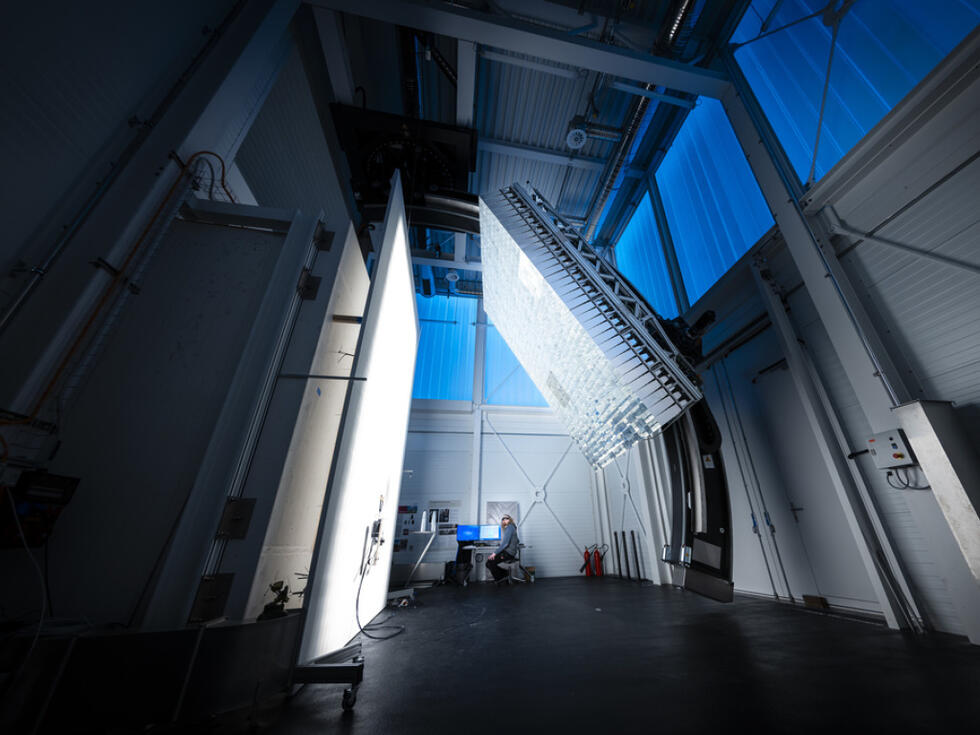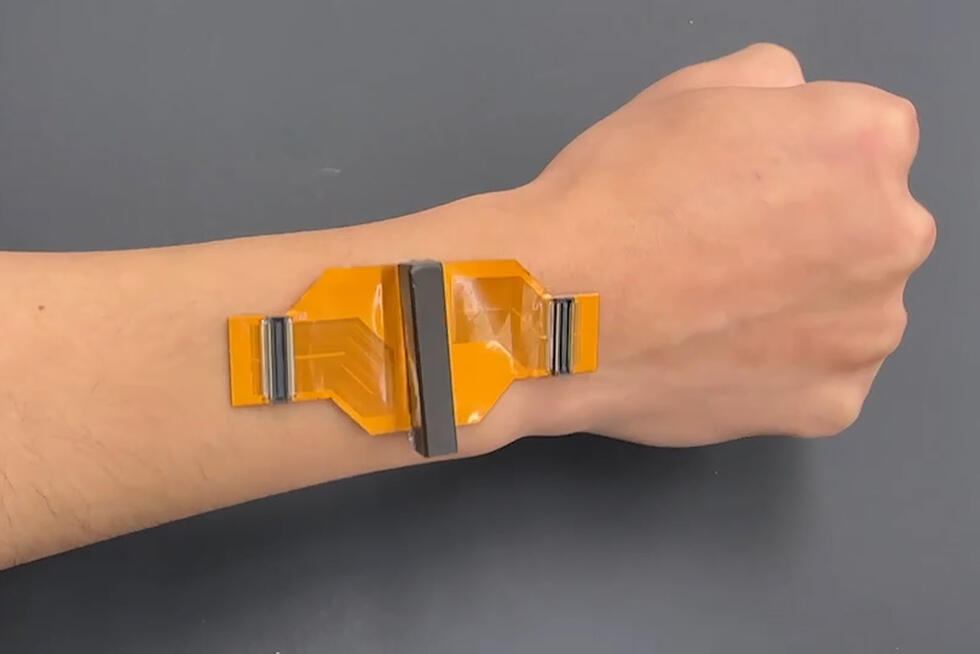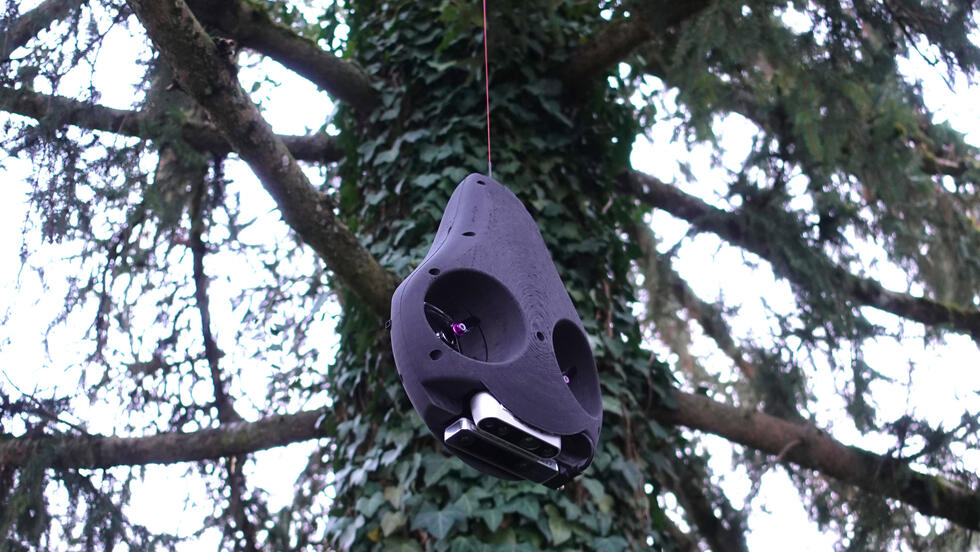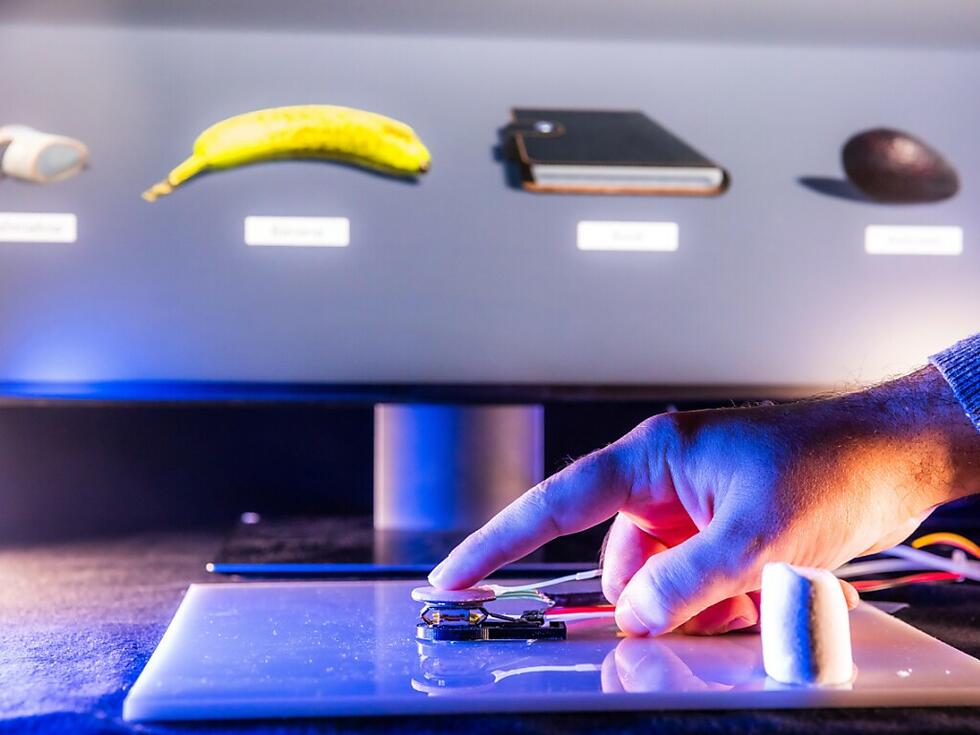Race to the quantum leap
The quantum computer is taking its first steps. It is still in its infancy, but its disruptive potential is tremendous. This technology could eventually supersede conventional computers. Hence, corporations and governments are investing millions in research. A visit to the leading laboratories reveals: Progress is being made.
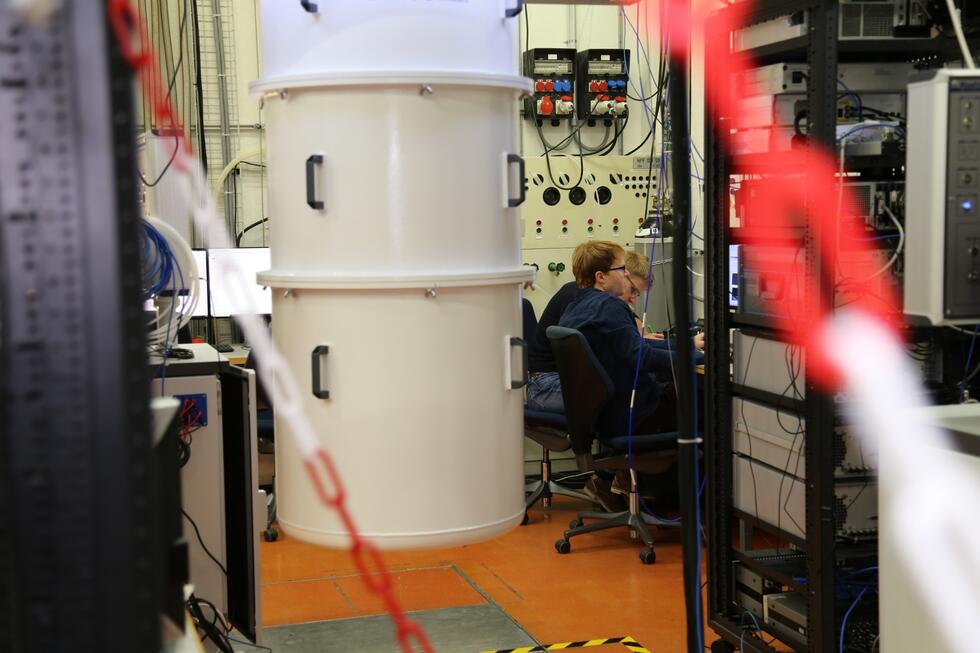
The quantum computer is taking its first steps. It is still in its infancy, but its disruptive potential is tremendous. This technology could eventually supersede conventional computers. Hence, corporations and governments are investing millions in research. A visit to the leading laboratories reveals: Progress is being made.
Three minutes instead of 10,000 years. This is how much faster a quantum computer was able to solve a problem compared to a conventional supercomputer. Last October, with its quantum chip Sycamore, Google achieved a milestone that hundreds of scientists have been working towards for years: Quantum supremacy – proof that quantum technology is superior to conventional computers.
This was not the only breakthrough in 2019. In January, IBM unveiled the world’s first commercially available quantum computer. Industry and research can now access IBM’s System One via the cloud. There is tremendous interest in the miracle machine. Daimler, Samsung, and Cern, were among the first to seize the opportunity to gain experience with the new technology.
It has taken a great deal to reach this point. Andreas Wallraff, Professor at the Quantum Device Lab at the Swiss Federal Institute of Technology (ETH) in Zurich, was involved from the outset. He has been working on the superconducting circuits used in quantum computers for more than two decades. At the beginning of his career, the German physicist carried out fundamental research at Yale. The first successful experiments, kindled his belief in the quantum computer. “In all these years, nobody ever found a reason why it shouldn’t work,” he says. Today, the technology is so mature that it can be put to work. But Andreas Wallraff cautions: “At present, quantum computers can handle only very limited tasks. Most of them could also be solved using a mobile phone.”
Peak performance at minus 273 degrees Celsius
While conventional processors calculate using bits, quantum computers use qubits. During operation, these are in what are known in quantum mechanics as a superposition state. As a result, they are capable of more than the binary zeros and ones of conventional computers, especially since the quantum mechanical principle of entanglement permits a higher information density. The latest model in the ETH laboratory has 8 qubits and is scheduled to be upgraded to 17 in the near future. Google’s Sycamore chip already calculates with 53 qubits, but even this is not nearly enough to solve complex tasks.
“Nobody knows how we can achieve the thousands of qubits that would be necessary for a widely operational quantum computer.” Andreas Wallraff, Professor Quantum Device Lab ETH Zürich
The challenge: Quantum chips are far more susceptible to interference than conventional processors. They are highly sensitive to vibrations and only function at temperatures approaching absolute zero, at minus 237.135 degrees Celsius. Consequently, quantum computers are housed under huge cooling elements and suspended from the ceiling. But interference in the circuit can also interfere with the superposition state of the qubits. The result is calculation errors. And the more qubits work together, the harder it is to handle the interference. This makes the systems difficult to scale.
In addition to superior hardware, the software must also be improved. This is precisely what Christa Zoufal is working on. The physicist specializes in quantum algorithms. “To a certain degree, smart algorithms correct hardware errors or even make use of them,” she explains. The Viennese is currently completing her doctorate at the ETH and works at IBM’s Swiss research center in Rüschlikon. “We are making progress,” she states enthusiastically. “The latest generation of quantum chips is achieving impressive results.” As proof, the researcher shows a graph depicting the latest results from the training with a machine-learning quantum algorithm.
Pioneering spirit in the quantum community
IBM is one of the quantum technology pioneers. As early as 2016, the IT giant launched Qiskit, an open source software that now boasts more than 160,000 users. The community consists of programmers, mathematicians, physicists, and chemists who exchange ideas. The mood is incredibly optimistic: “People from many different disciplines are in the process of defining quantum computing,” says Christa Zoufal. The community is helping to develop new ideas for applications. It is not yet clear how the quantum computer will exploit its advantages. Unlike Google, IBM does not talk about quantum supremacy, but of the quantum advantage. Because this much is certain: Quantum computers are a complementary technology that will never completely replace conventional computers.
Progress is being made. People from a wide range of disciplines are currently in the process of defining quantum computing.” Christa Zoufal, IBM Research Zurich
The most obvious application is the simulation of complex molecules, since they follow the laws of quantum mechanics and can barely be mapped using binary computing. “If you want to simulate nature, you’d better make it quantum mechanical,” the physicist and Nobel Prize laureate Richard Feymann said almost 40 years ago. For example, the technology is expected to help with the development of drugs or open the door to new materials. In the meantime, it is already possible to calculate the basic states of simple molecules. The limiting factor is the coherence time, which currently stands at 150 microseconds. This is the period during which any algorithm must be completed, otherwise the result is falsified or no longer measurable.
Christa Zoufal’s research team is working together with banks, such as JP Morgan Chase and Barclays, to develop applications for the financial sector. The technology will be used to optimize portfolios or perform risk analyses. Christa Zoufal estimates that around 1,000 qubits would be required for such applications, provided their error rate is sufficiently low. In the meantime both IBM and Google have reached 53 qubits. In September 2019, the IT company opened a new quantum data center in New York, where fourteen processors are now in operation.

A pioneer: Andreas Wallraff has been researching superconducting circuits for more than 20 years. He has been a professor at ETH’s Quantum Device Lab since 2012.
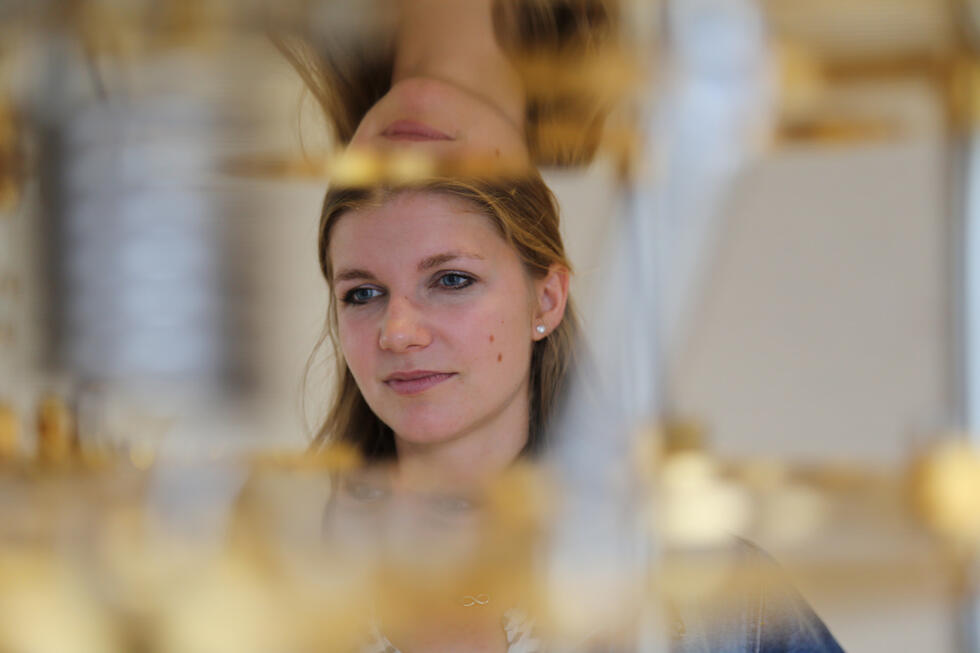
Specialist for algorithms: At IBM Research Zurich, Christa Zoufal is developing initial quantum computing applications for the financial sector.
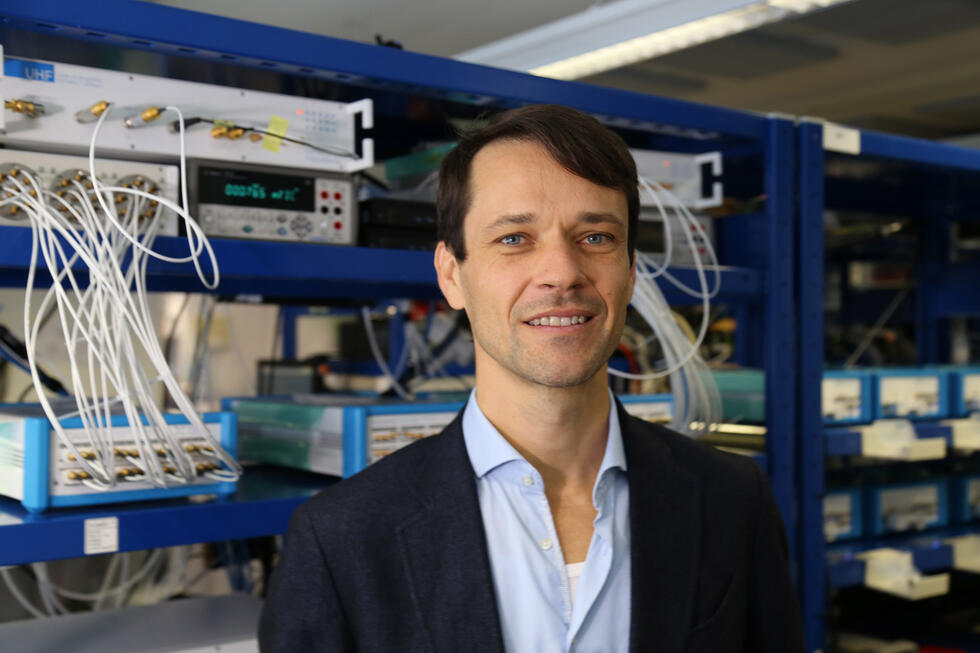
Develops for the quantum boom: Sadik Hafizovic, CEO of Zurich Instruments, supplies laboratories with equipment for experiments with quantum computers.
Global quantum race
The race for the quantum computer not only involves established IT giants, but also start-ups such as the US company Rigetti, which has already raised more than 50 million dollars in venture capital. And the world powers, in particular the United States and China, are pumping enormous amounts of money into research. In Europe, the EU is investing one billion euro in the Quantum Flagship incentive program. The situation is reminiscent of the race to the moon or even the nuclear arms race during the Cold War – scientists around the globe are working on a new technology that is as revolutionary as it is dangerous. The nightmare scenario: A quantum computer that neutralizes cryptography. The sophisticated algorithms that ensure cyber security today would have no chance and all the world’s data would be hacked in an instant.
The technology’s enormous potential is putting governments under pressure: “Nobody wants to risk losing the race. As long as there is a possibility of being able to use the quantum computer productively, everyone will stay on board,” says Sadik Hafizovic, CEO of Zurich Instruments. The ETH spin-off company supplies laboratories worldwide with equipment for the measurement of qubits. Sadik Hafizovic knows many of the players in the global race personally, including the Chinese professors. “No country is investing as much as China,” the entrepreneur observes. Nevertheless, greater manpower only has a limited impact on the prospects of success. It takes the right people – and they are scarce – be it in China, Europe, or America.”
“Nobody wants to risk losing the race. As long as there is a possibility of being able to use the quantum computer productively, everyone will stay on board.” Sadik Hafizovic, CEO Zurich Instruments
In addition to the race between nations and corporations, there are also three competing research approaches: Superconducting circuits are now facing competition from semiconductor-based spin qubits and ion traps. There is virtually no expert who dares to predict when the breakthrough will be achieved. The Boston Consulting Group predicts that the economy will benefit from the technology in ten years’ time at the earliest. The ominous miracle machine, the universal quantum computer, is likely to be much further in the future. ETH Professor Andreas Wallraff compares the development with the invention of the transistor in the 1940s, which laid the foundation for modern electronics. It took decades for computer technology to actually reach consumers. And at that time, nobody was even close to predicting the advent of the smartphone.
Gallery of the ETH Laboratory
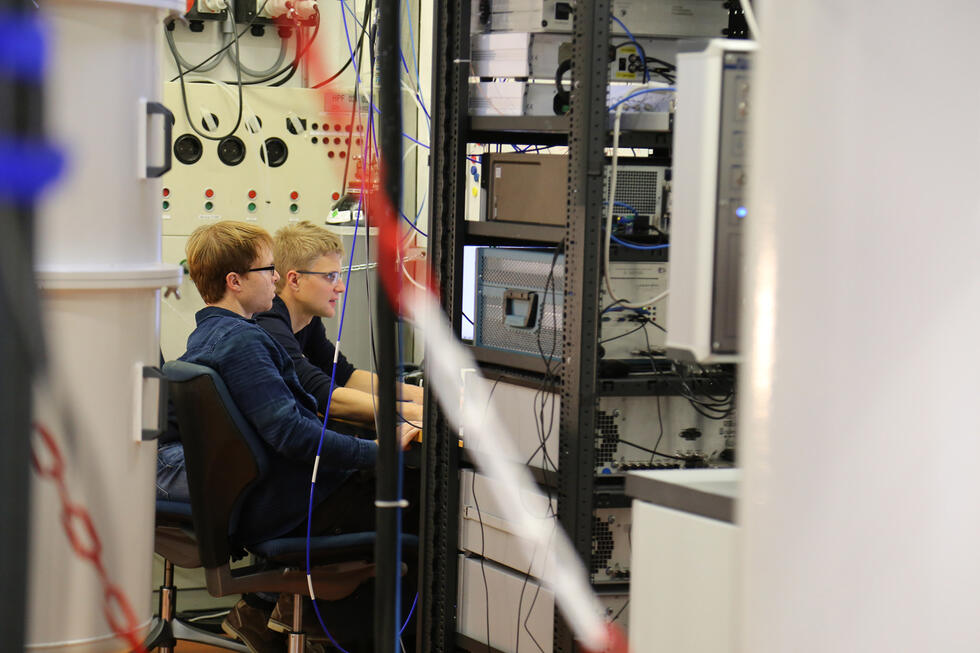
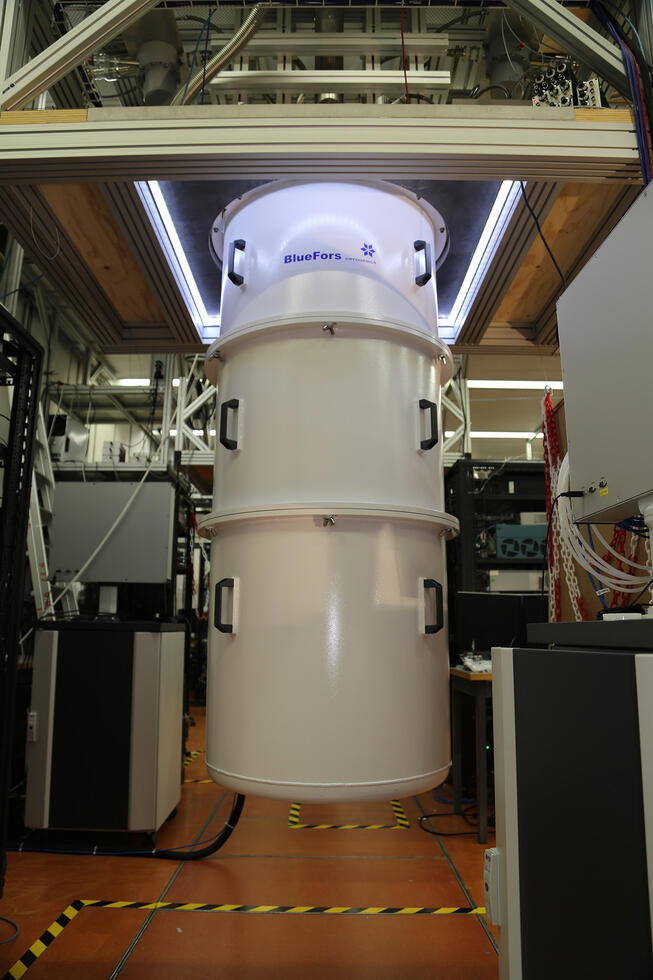
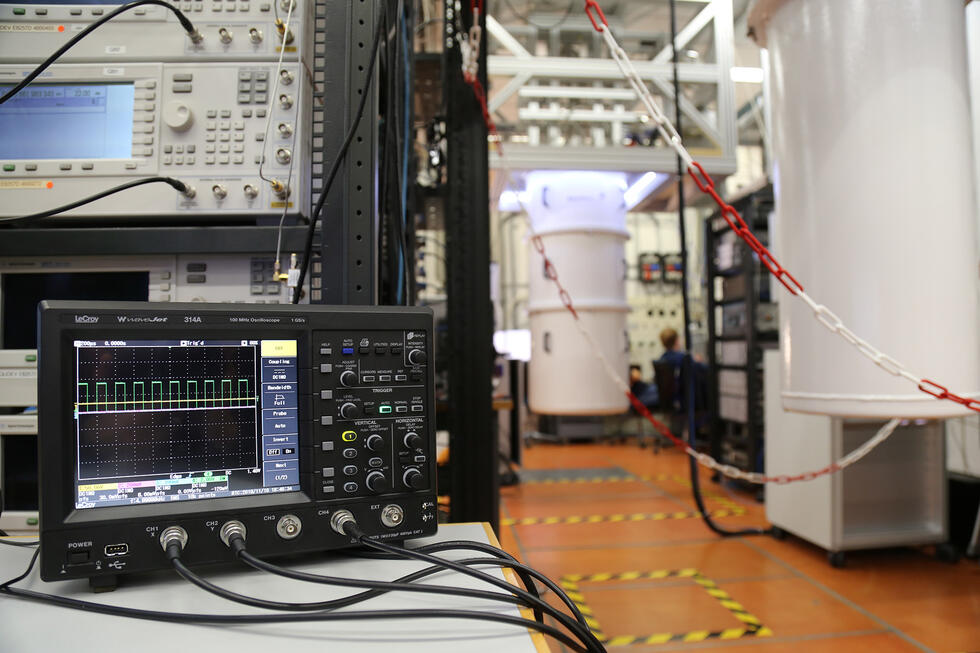
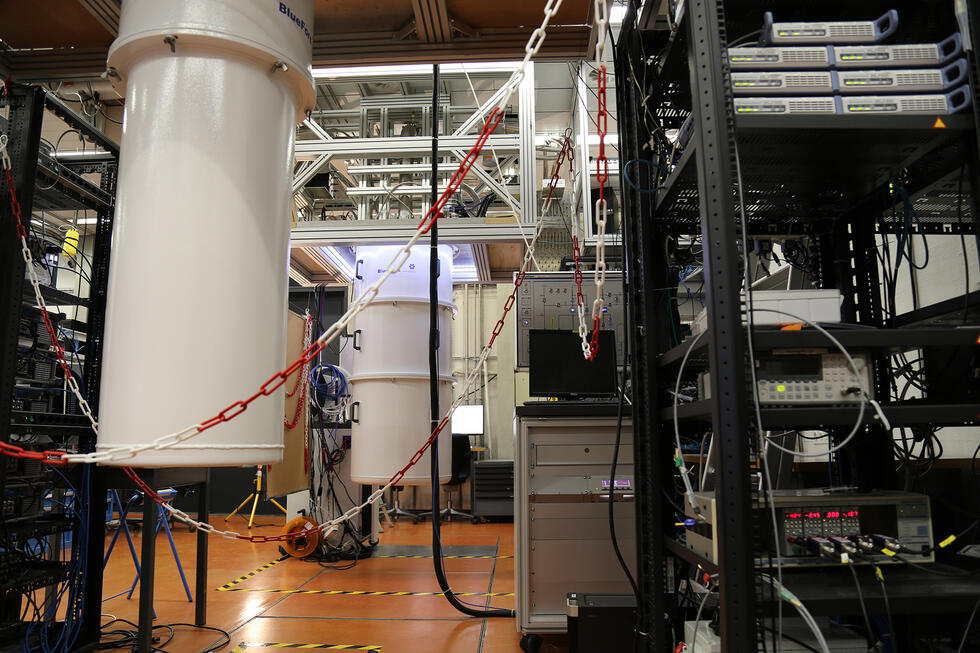

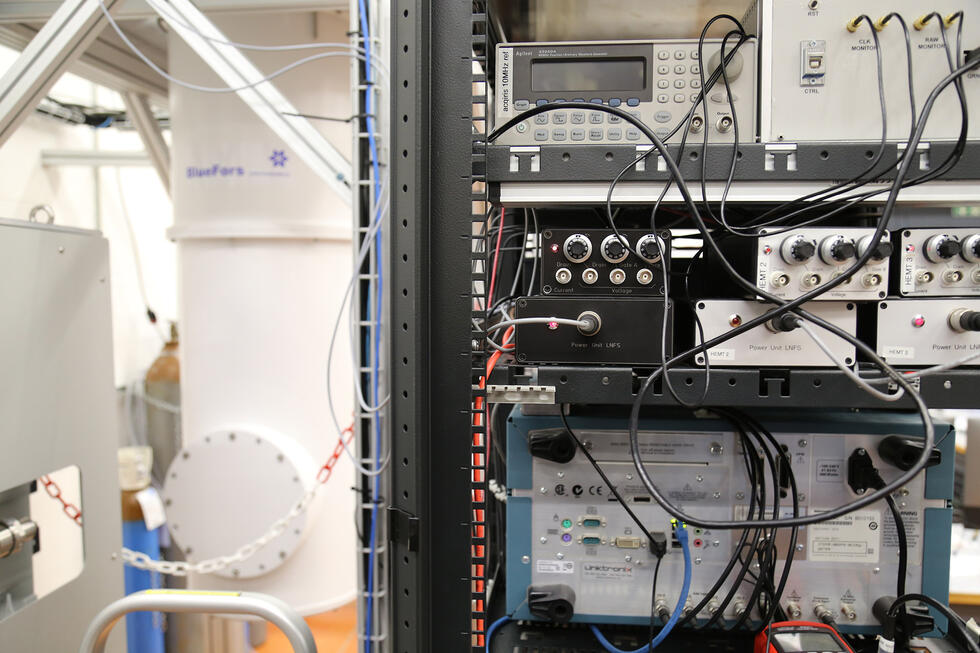
Photos and written by:

